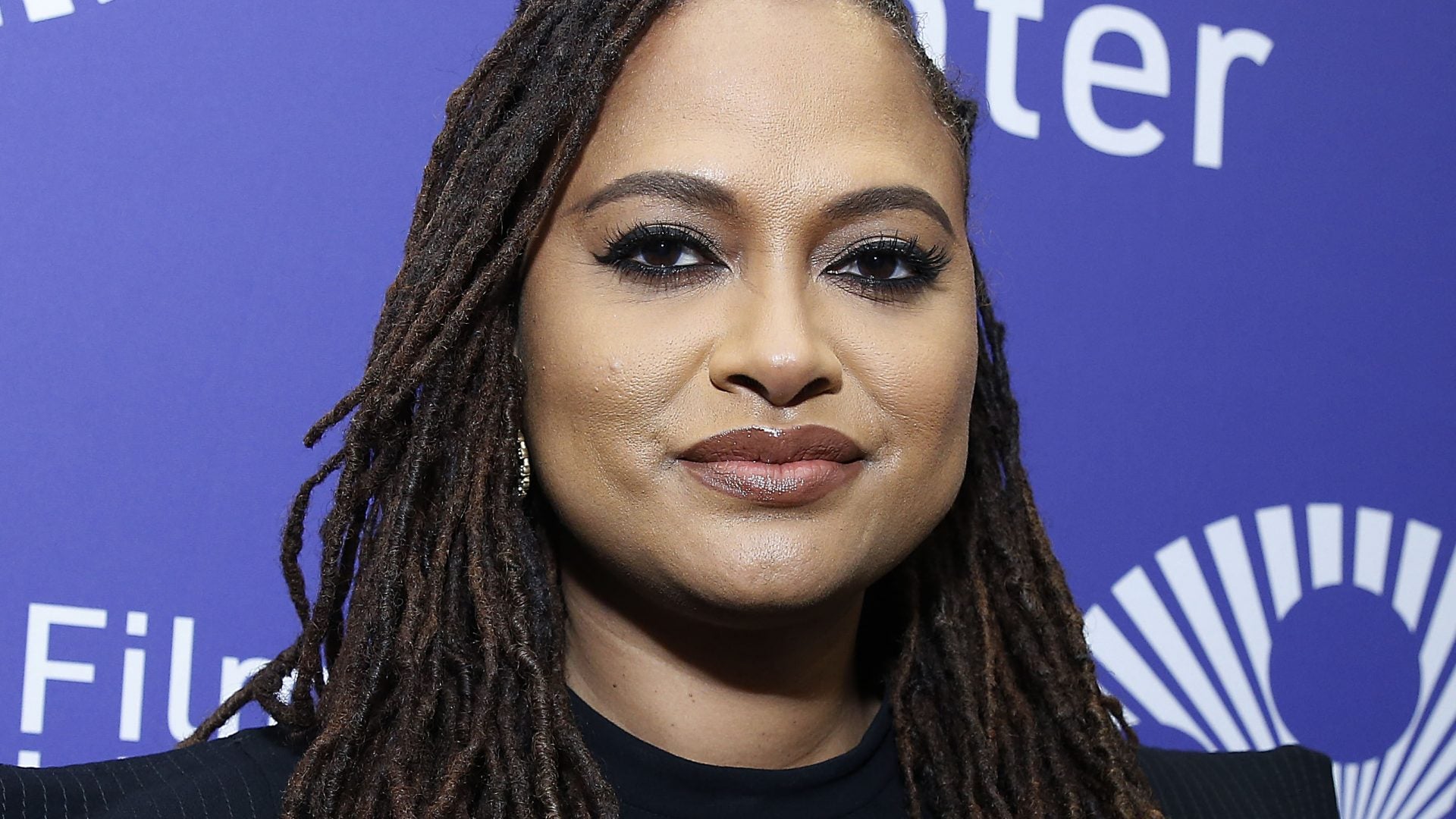
If the past year of living through a pandemic has taught us anything, it’s that many adults need help managing their emotional well-being. So it only makes sense that our children are struggling on that front, too.
It’s part of what director Ava DuVernay considered when the Coalition for School Well-Being, a statewide effort to improve mental health in California schools, came calling. “I have a 16-year-old niece who has been learning from home for the whole year. She’s trying to relearn how to relate to the world, to her teachers, to her fellow students and to the material,” she told Kelsey Martin, dean of the David Geffen School, during UCLA’s #WOW2021 conference. “Can you imagine being that age? We’re barely dealing with it as an adult. Adolescence is when socializing and socialization is so key. What happens to that whole generation at this moment?”
To help with this initiative, DuVernay began developing learning companions for all of her work. The existing guides didn’t click for her. “They felt a little dry,” she said. “I didn’t like them. It’s labor to learn this stuff.”
The filmmaker always thought there was a better way to create these guides, so she and her team put together Array 101, learning companions for students of all ages for every movie and television production she completes. “This learning companion really takes information people want to know, may not know about, and puts in in this guide. We’re not trying to fit into any current core standards. We’re trying to break open what ‘doing school’ and ‘doing learning’ is like.
“We think about the future of education, reimagining systems, systems that are intentionally anti-racist, systems that take new approaches to complex issues. It’s really wonderful to look forward to how we can continue these ideas into the new school year when kids are back. Learning is all different now. We have to be moving and changing with students of all ages, particularly kids.”
This reimagining isn’t foreign to DuVernay, who was raised to have a sense of community and camaraderie. “I’ve been fortunate to be notified by a real and abiding faith in a power higher than myself. I was taught to embrace and love life as its own living, breathing entity,” she said. “You’re not just living life, you’re doing it in connection with other people. It has guided me during moments of instability, oppression, moments of being an individual inside of a system that not only wasn’t made for me, but a system that dampened my ability to live a full life. The central focus is to feel very connected with my life and the life of others. It keeps me in balance.”
It also helps that she makes her living in a creative endeavor that bring her closer to her true self. “Art is an appreciation of beauty,” she said. “Whether you’re watching a horror movie or listening to a song, it’s the beauty of being able to laugh, to gasp, to emote—that’s what art is. When you tap into that, it’s transformative. It does push the culture forward. It changes the way we see the day. How many of us have gone home and our spirits are lifted by a painting, a song or a beautiful novel? Art is our lifeblood. The more we say it, name it, embrace it, the healthier we can be because it’s in everyone’s grasp.”
